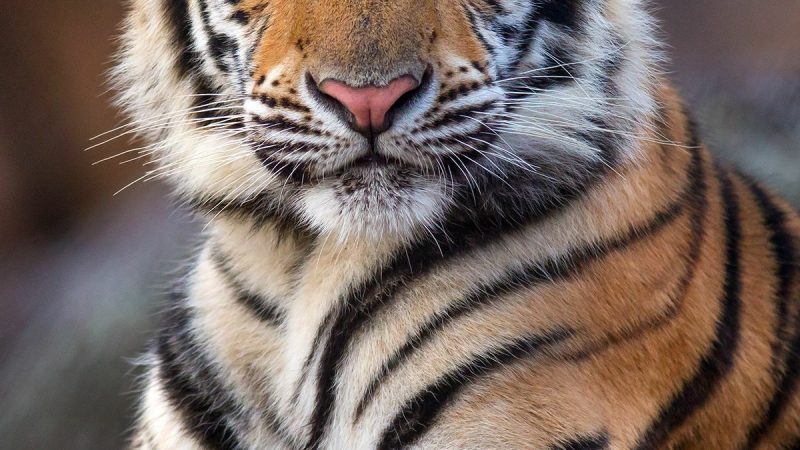
The female bee-eater closely resembles the male, but she sports a greener shade on her scapulars and back, while her throat and breast exhibit a paler appearance. As for the juvenile European bee-eaters, their colors are less vibrant, with brown eyes instead of the striking red eyes seen in adults.

These remarkable birds breed across a diverse range of locations, spanning southern and central Europe, northern and southern Africa, as well as parts of Asia. While some of them remain in South Africa throughout the year, many undertake migration to tropical Africa for the winter. River valleys, cultivated areas with trees, pastures, plains, and semi-deserts adorned with shrubs are among the preferred habitats of these bee-eaters. Their unique hunting technique involves catching insects on the wing, with a particular penchant for bees. Additionally, they relish wasps, locusts, and dragonflies as part of their diet.

During the breeding season, European bee-eaters excavate burrows into sandy banks or cliff-top soil to construct nests, usually with the assistance of their lifelong partners or sometimes with the aid of earlier offspring. Within the northern hemisphere, females lay anywhere from 4 to 6 eggs from April to July, while in South Africa, this occurs from October to November. Both parents diligently incubate the eggs for up to 20 days, with the female taking up the night shift. After about a month of hatching, the young fledglings leave the nest.

Despite facing the threat of being hunted as pests, the European bee-eater has been classified as of Least Concern on the IUCN Red List. This status provides some reassurance for the species’ well-being in the wild.

For those eager to witness the beauty of this bird, a video has been provided below. It is essential to respect the photographers’ ownership of the images featured in this article, unless marked as Public Domain. Any potential use of these images should be carried out with proper authorization from the photographers.


Thank you for taking the time to read about this exquisite and enthralling bird, the European bee-eater!





